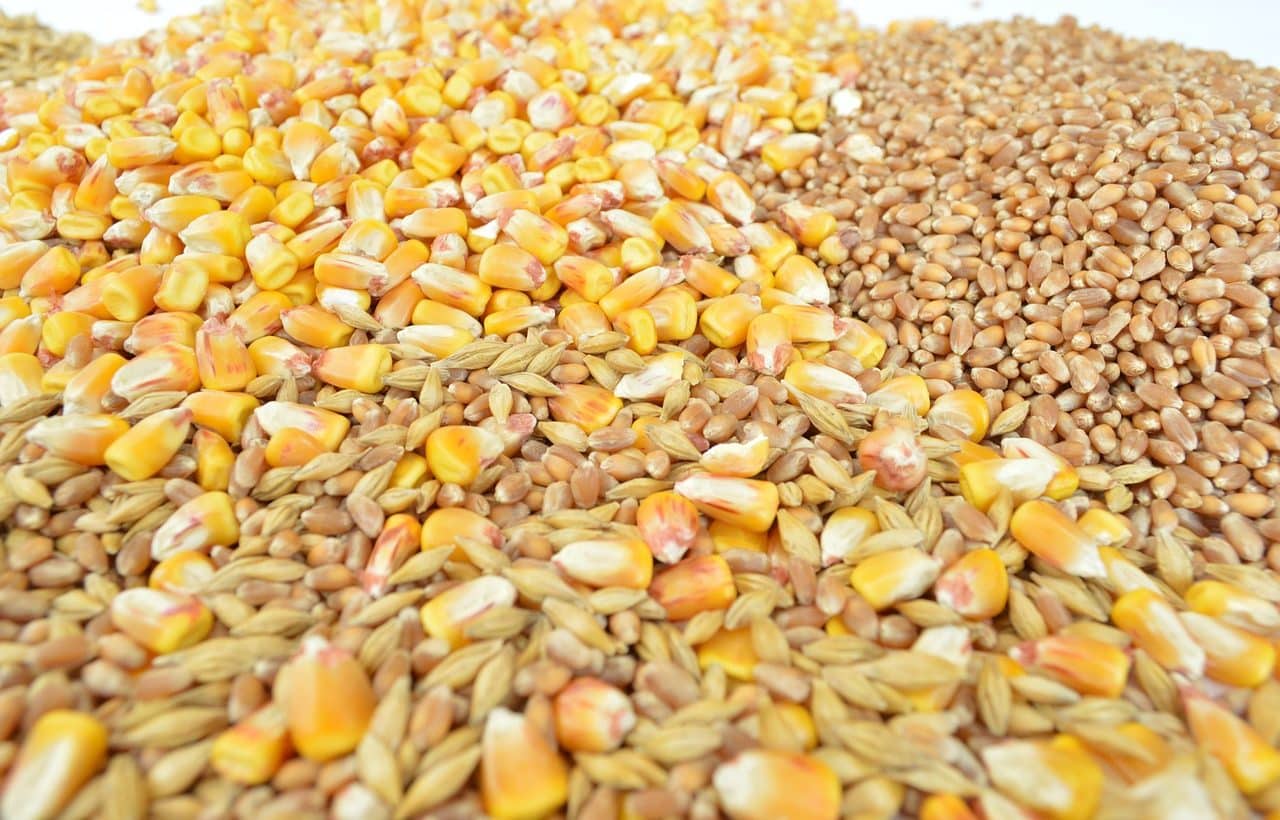
The idea of agrodiversity refers to agricultural biodiversity.
Agrodiversity is a concept that refers to the variety of crops . Although the term is not part of the dictionary of the Royal Spanish Academy ( RAE ), it is usually used with reference to agricultural biodiversity .
It should be noted that biodiversity refers to the plurality of plant and animal species in the environment . Agricultural , for its part, is that linked to agriculture (the techniques and processes that allow land to be tilled and cultivated).
Agrodiversity development
According to some specialists, the idea of agrodiversity is related to the very origins of agriculture, when prehistoric human beings began to become sedentary and sought to diversify the foods they grew and collected.
Thanks to rotating or shifting cultivation systems , the development of agrodiversity in a region is possible. Industrial agriculture, however, usually resorts to monocultures : the mass cultivation of a single species, supported by industrial inputs, to increase productivity and obtain higher profitability.
Agrodiversity, on the other hand, takes care of the ecology and aims to be sustainable . These agroecosystems help maintain genetic diversity and allow the variety of nutrients available in food to be greater.

Agrodiversity contributes to food security.
Food safety
In other words, an industrial monoculture leads to obtaining many tons of the same food, while crops that focus on agrodiversity offer small quantities of many different foods, giving people a broader nutritional wealth. By extension, agrodiversity offers greater food security .
Much has been said recently about agrodiversity and there are many who defend it, as they say, "too much." Specifically, those who support it do so because they consider that it brings with it a long list of advantages:
- It is determined that it contributes to ecological balance.
- It prevents pest problems from arising and also contributes to the protection of the soil. Regarding this last aspect, emphasis is placed on underlining that it enriches it, benefiting the animal and plant wealth that is related to it.
- It contributes to reducing the use of non-renewable energy. Hence it manages to fight against the greenhouse effect and global warming.
- It is a way to protect and ensure biodiversity.
- It is a very useful tool for the conservation of nature in general and the improvement of agricultural production.
